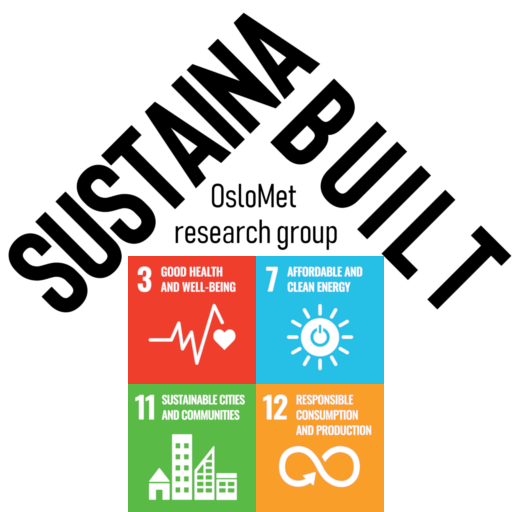Faculty Publications (Scholarly Results)
This is a list of the faculty staff’s knowledge-creation and scholarly output, including peer-reviewed research. Click on blue hyperlink for full-text, or elsewhere in the grey box to view abstract. The padlock symbol indicates Open Access.
2024 ▼
Habtamu B. MADESSA, Mohammad SHAKERIN, Espen HELBERG REINSKAU, Mehrdad RABANI (2024) “Recent progress in the application of energy technologies in Large-Scale building Blocks: A State-of-the-Art review”🔓. Energy Conversion and Management, Vol.305 …
Abstract: Highlights:
• Transition to sustainable multi-building energy systems can reduce greenhouse gas emissions by synergising the multiple renewable energy sources with specific structural characteristics and occupancy constraints of buildings.
• To ensuring energy flexibility and resilience, optimization strategies for multi-building energy systems vary significantly with the climatic context and potentials for integrating energy storage technologies, highlighting the necessity for adaptable designs considering future energy demands and the expansion of district-level systems.
• There is a pressing need for more user-friendly multi-building energy system simulation tools to facilitate effective long-term planning and to optimize the design and management of energy flows among multiple buildings, ensuring maximum efficiency and sustainability.
Permalink: https://doi.org/10.1016/j.enconman.2024.118210
Yudong MAO, Shouyu LIU, Jiying LIU, Mingzhi YU, Xinwei LI, Moon Keun KIM, Kaimin YANG (2024) “Phonon Transport Characteristics of Nano-Silicon Thin Films Irradiated by Ultrafast Laser under Dispersion Relation”🔓. Buildings, Vol.14 (no.1) …
Abstract: The gray model simplifies calculations by ignoring phonon polarization, but sacrifices a certain level of computational accuracy. In effect, the frequency and wavevector of phonons form complex polarization patterns, which means their propagation modes and vibrational directions have different influences. Therefore, based on the phonon dispersion relations in silicon, the lattice Boltzmann method is used to analyze the phonon transport characteristics in nano-silicon films under ultrafast laser excitation. The results show that the total energy density distribution obtained by superimposing acoustic and optical branches exhibits multiple wave-like behaviors. Among them, the acoustic branch has excellent transfer capability, dominating the rate at which the total energy density reaches a steady state distribution, while the optical branch has stronger heat capacity characteristics, with a greater impact on the peak value of the total energy density. When the heat transfer approaches a steady state, the longitudinal optical branch surprisingly contributes up to 52.73%. This indicates that the often-neglected optical phonons should also receive sufficient attention. Additionally, compared to the results of the gray model, it is found that the dispersion model is preferred when more attention is paid to the propagation characteristics during phonon transport.
Permalink: https://doi.org/10.3390/buildings14010210
Nuodi FU, Moon Keun KIM, Long HUANG, Jiying LIU, Bing CHEN, Stephen SHARPLES (2024) “Investigating the reliability of estimating real-time air exchange rates in a building by using airborne particles, including PM1.0, PM2.5, and PM10: A case study in Suzhou, China”🔓. Atmospheric Pollution Research (APR), Vol.15 (no.1) …
Abstract: This study aimed to evaluate the reliability of using airborne particles to estimate the real-time Air Exchange Rate (AER) of buildings, considering particle size and outdoor conditions’ impact on the AER estimation accuracy. The study utilized on-site data collection and numerical simulations to analyze the factors affecting the AER prediction accuracy. Results showed that the PM1.0- and PM2.5-based empirical correlation could predict the AER of buildings with a Normalized Mean Error (NME) of less than 10% and a correlation coefficient (r) of over 0.97, outperforming the pressurization method. Fine particles with a diameter under 2.5 μm were found to be a reliable tracer for AER prediction, with a negative correlation between particle size and AER prediction accuracy due to their higher penetration rate. The study also found that outdoor particle levels and pressure differentials positively impacted the accuracy of PM-based AER estimation. These findings have practical applications for maintaining Indoor Air Quality (IAQ) and accurately predicting a building’s heat losses.
Permalink: https://doi.org/10.1016/j.apr.2023.101955
